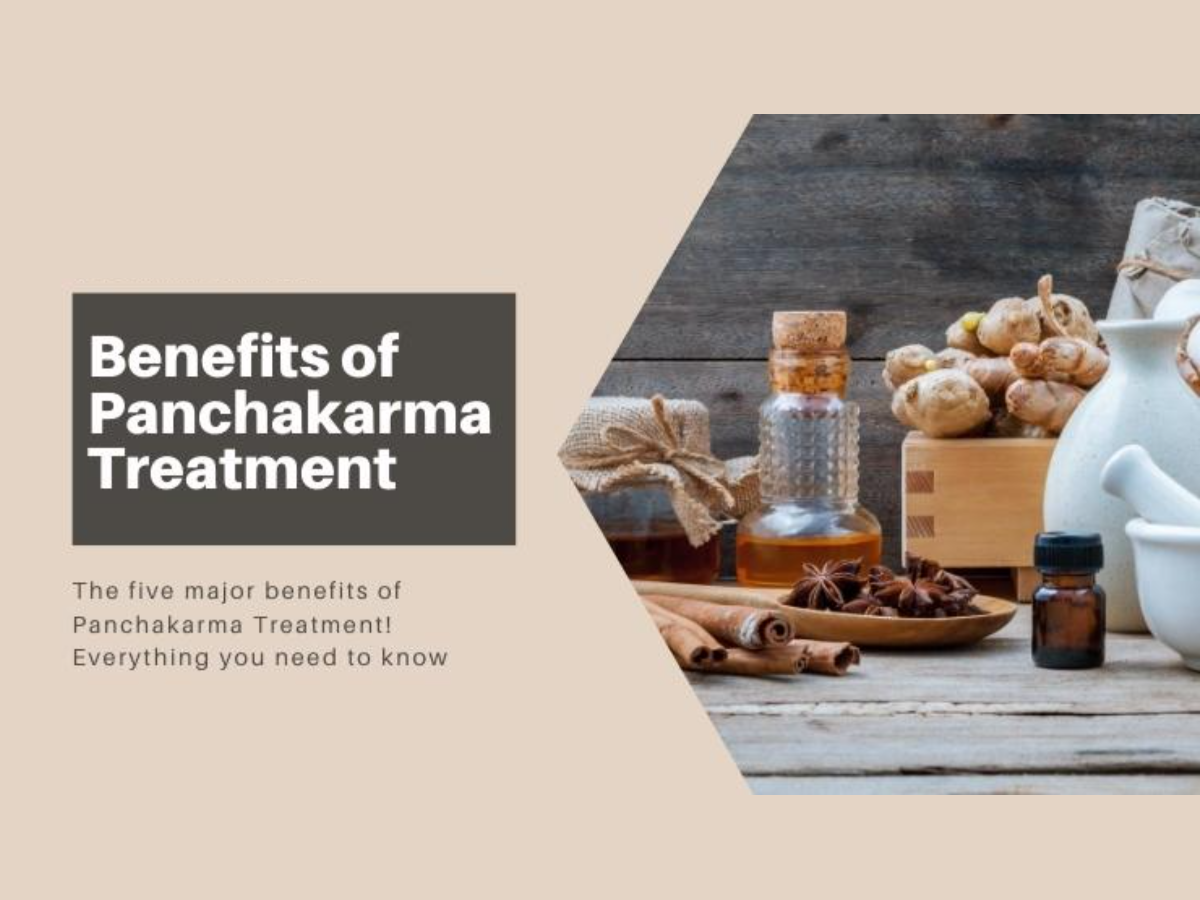Are you looking for an effective way to detoxify, restore, and revitalise your body? Ayurvedic panchakarma treatment may be just what you need. Ayurveda has been using panchakarma treatments to detoxify and rejuvenate the body for centuries. In several ways, this ancient Indian healing system offers a variety of benefits, including improved digestion, reduced inflammation, better sleep, and more. Read more about this robust detoxification process and how it can help you achieve optimal health
Ayurveda is a holistic approach to medicine that balances the body, mind, and spirit. Panchakarma is one of the main pillars of Ayurvedic medicine and consists of five elements: Vamana (emesis), Basti (enema), Nasya (nasal administration), Raktamokshana (bloodletting), and Virachana (purgation). Moreover, each element works to purify the body in its way and helps to restore balance.
Panchakarma Ayurvedic Treatment – Overview
Ayurvedic panchakarma is a traditional detoxification and rejuvenation procedure practised for centuries in India. Indeed, this cleansing therapy uses various techniques to cleanse the body, mind, and spirit. “Five actions” refer to removing toxins from the body, restoring balance and vigour, and promoting overall health and well-being.”
Panchakarma treatments can benefit people who want to cleanse their bodies and improve their overall health and well-being. Some of the many benefits of panchakarma include:
– Detoxification: Panchakarma helps to remove toxins from the body, including heavy metals, chemicals and other pollutants. Detoxification: Panchakarma aids in the removal of heavy metals, chemicals, and other pollutants from the body.
– Balance: Panchakarma treatments can help to restore balance within the body, mind and spirit.
– Vitality: Panchakarma treatments can help to improve energy levels and promote overall health and well-being.
– Rejuvenation: Panchakarma treatments can help to rejuvenate the body, mind and spirit.
Stages of Panchakarma treatment
Ayurvedic panchakarma treatment is a five-step process that helps to cleanse and detoxify your body. The first step, purvakarma, involves the body’s preparation for the cleansing process. This may include oil massage, steam therapy, and herbal enemas. The second stage, referred to as pradhan karma, is the actual cleansing procedure, which may entail bloodletting, vomiting, or nasal irrigation. The third step, referred to as panchakarma, aids in removing toxins from the body through diuresis or sweating. Similarly, the fourth step, known as Rasayana krama, helps to rejuvenate and revitalise the body through dietary changes and herbal supplements.
The five Ayurvedic elements and their application in panchakarma
Detoxification and rejuvenation are the cornerstones of ayurvedic panchakarma therapy. The key aspects of this treatment are:
– Shirodhara (Pouring of Warm Oil on the Forehead)
– Nasya (Nasal Administration of Medicated Oil)
– Vamana (Therapeutic vomiting)
– Basti (Medicated Enema)
– Raktamokshana (bloodletting)
These procedures help to cleanse the body, improve metabolism, and promote tissue regeneration. Also, the treatment’s duration and frequency may vary depending on the patient’s health condition. 14 to 21 days is the typical duration of Panchakarma treatment.
Ayurvedic panchakarma treatment is the best option if you look for a natural way to cleanse your body and promote overall health. For centuries in India this ancient healing system has shown tremendous results. Hence, if you are planning to undergo this treatment, find a reputable ayurvedic centre that can provide you with the best care.
Shirodhara:(Pouring of Warm Oil on Forehead):
In this therapy, warm oil is poured continuously on your forehead for 30 to 60 minutes. This technique evoke’s good sleep.
Nasya:(Nasal Administration of Medicated Oil):
One of the methods used in this treatment involves injecting oil into the nose. Thereby lubricating and clearing nasal obstructions.
Vamana:(Therapeutic vomiting):
Vamana is usually done as a last resort when all other methods have failed. By this way, it is possible to induce vomiting through the nose by administering medication. Also, you can flush out the toxins out of the body.
Basti:
(medical enema): An ayurvedic cleansing procedure known as Basti involves injecting medicated liquids directly into the rectum. Regular bowel movements are encouraged by flushing out toxins from the digestive system.
Raktamokshana(Blood Letting):
Raktamokshana involves drawing blood from the body to remove toxins. Blood can be drawn from the skin with a small cut.
Make sure to find a reputable ayurvedic centre that can provide you with the best possible care and guidance. Ayurvedic panchakarma treatment is a very effective way of detoxifying and rejuvenating the body. For this reason, people seeking a more comprehensive method of healthcare should consider this option.
Takeaway
Panchakarma is an essential part of Ayurvedic medicine that is helpful in treating various imbalances in the body. If you are interested in trying panchakarma, consult with our experts to find out if it is right for you.





